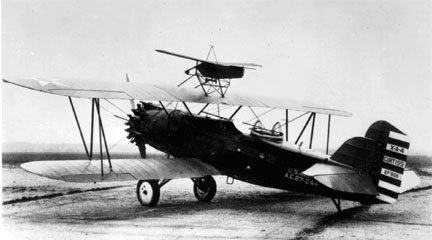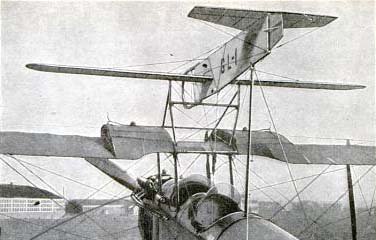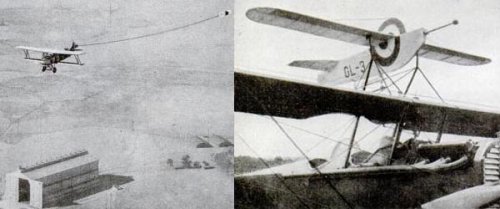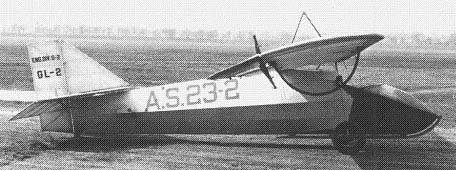Jos Heyman
ACCESS: Top Secret
- Joined
- 15 February 2007
- Messages
- 597
- Reaction score
- 53
I picked the enclosed picture up from http://www.edwards.af.mil/photos/mediagallery.asp?galleryID=530&?id=-1&page=1&count=48.
It shows the G-3 aerial target glider that, as I can determine, was tested in the late 1920s or early 1930s.
The target was to be used for aerial gunnery training in which a pilot carried his target glider aloft. After release, the glider took several minutes to reach the ground. During this time, the pilot could make several gunnery passes against it. Tests were performed with Curtiss XA-4 27-244 also XP-500.
The factsheet at http://www.nationalmuseum.af.mil/factsheets/factsheet.asp?id=7663 states that the McCook Field Engineering Section developed a series of target gliders in the 1920s, including the G-3. In December 1922 J.A. Roche designed the first model, the GL-1, as a target for anti-aircraft gunners of the U.S. Army Coast Artillery. These early targets were the first and only gliders (manned or unmanned) used by the U.S. Army Air Service.
From my own data: The GL-1 was an unmanned target glider built by the Engineering Division and had serial 23-001 (in a sepaarte series for gliders) whilst the GL-2 (which carried serial 23-002) was a manned glider.
Can anybody provide some more details of this series of gliders? I would love to know if here were any designs beyond G-4 and how many G-3 were built an tested. What time frame were the tests performed? What serials (if any) did the G-3s carry?
I know, this is all specialist stuff, but some of you guys have incredible archives....
It shows the G-3 aerial target glider that, as I can determine, was tested in the late 1920s or early 1930s.
The target was to be used for aerial gunnery training in which a pilot carried his target glider aloft. After release, the glider took several minutes to reach the ground. During this time, the pilot could make several gunnery passes against it. Tests were performed with Curtiss XA-4 27-244 also XP-500.
The factsheet at http://www.nationalmuseum.af.mil/factsheets/factsheet.asp?id=7663 states that the McCook Field Engineering Section developed a series of target gliders in the 1920s, including the G-3. In December 1922 J.A. Roche designed the first model, the GL-1, as a target for anti-aircraft gunners of the U.S. Army Coast Artillery. These early targets were the first and only gliders (manned or unmanned) used by the U.S. Army Air Service.
From my own data: The GL-1 was an unmanned target glider built by the Engineering Division and had serial 23-001 (in a sepaarte series for gliders) whilst the GL-2 (which carried serial 23-002) was a manned glider.
Can anybody provide some more details of this series of gliders? I would love to know if here were any designs beyond G-4 and how many G-3 were built an tested. What time frame were the tests performed? What serials (if any) did the G-3s carry?
I know, this is all specialist stuff, but some of you guys have incredible archives....




